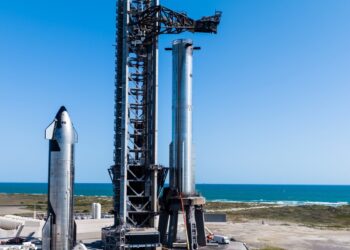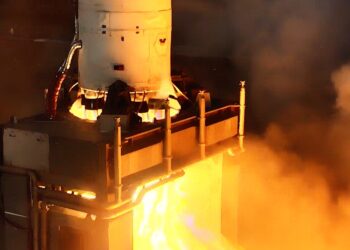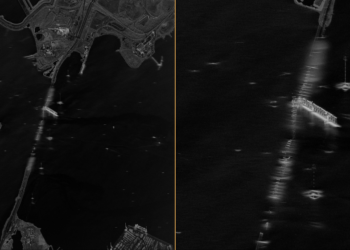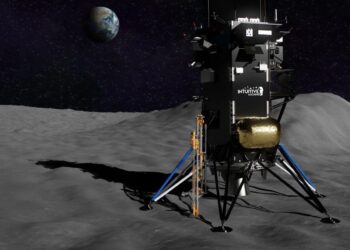WASHINGTON — The U.S. Air Force is gearing up for a demonstration next year of a satellite communications network that can seamlessly integrate government-owned and commercial constellations on a single, secure military terminal.
The demonstration is a key milestone in the Air Force Research Laboratory’s Defense Experimentation Using Commercial Space Internet, or DEUCSI — a program launched in 2018 to explore augmenting military communications by leveraging the growing commercial satellite internet industry.
The goal is to give forces on the ground, at sea and in the air access to the combined bandwidth of the military’s dedicated satellites as well as commercial satellite internet providers like SpaceX’s Starlink.
A demonstration flight, slated for 2025, will showcase newly developed communications terminals capable of tapping into multiple commercial and military satellite constellations at the same time — a capability the Pentagon currently lacks.
Security requirements
While the military already purchases commercial satcom services, it doesn’t have the ability today to integrate those commercial connections into the existing satellite architectures using a single terminal that meets DoD’s security and operational requirements, said Ron Fehlen, vice president of assured mission networks at L3Harris Technologies.
One of the prime contractors on the DEUCSI program, L3Harris has been awarded $170 million in contracts since 2021 to develop multi-orbit satellite terminals for aircraft, mobile ground systems and fixed ground stations.
The company says it is just over a year away from flight testing the technology on a military aircraft. Under its contract with AFRL, L3Harris is producing 23 terminals for fixed ground systems, two for mobile ground systems and five for aircraft.
A linchpin of the hybrid network is a modular radio developed by L3Harris called RASOR, short for Rapidly Adaptable Standards-compliant Open…
Read the full article here







